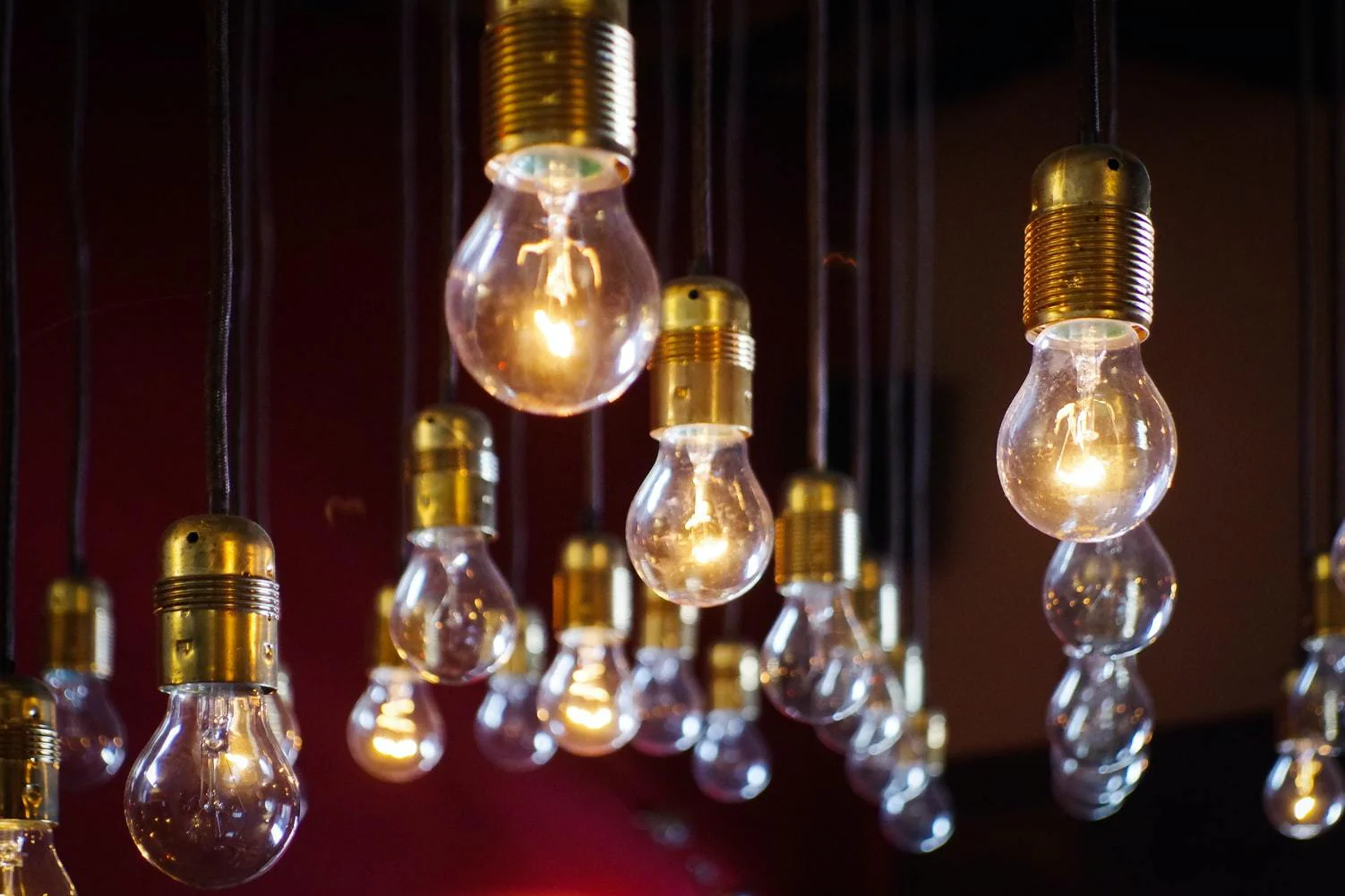
Most Energy-Efficient Light Bulbs
Light bulbs are one of the most energy-saving home appliances you have in your home. That's why it is essential to choose the right lumens lighting for your needs. Here are some tips on what kind of light bulbs are best and what they mean for our environment!
In the past, light bulbs were a luxury. In the present day, they are a necessity. We use them in our homes to make it easier to see and feel more at ease when we are home alone after dark or do chores during the day.
But with convenience comes responsibility: choosing the right type of bulb for your needs is essential for your safety and our environment! Here's what you need to know about every kind of light bulb so that you can start making an informed decision today!
What Are Light Bulbs?
Light bulbs are essential to home and energy efficiency. They emit light by producing a small amount of heat that starts a chemical reaction that creates light.
There are two types of bulbs: incandescent and fluorescent.
Incandescent
An incandescent bulb is a tungsten filament inside a glass container. The tungsten gets very hot and produces light by emitting visible light, heat, and ultraviolet radiation. This process uses 80% of the energy going into it to have 20% of the light you're using. But many people still prefer them because they create a comparable amount of lighting to fluorescent bulbs but are cheaper.
Fluorescent
The fluorescent bulbs contain a gas that gets ionized by an electric discharge creating ultraviolet radiation. The UV light then creates visible light and heat through another process called fluorescence. Fluorescent bulbs use about 20% of the energy going into them to produce 80% of the light you're using, and they last approximately ten times longer than incandescent bulbs.
Energy-Efficient Light Bulbs
There are two main types of energy-efficient bulbs: compact fluorescent light (CFL) bulbs and light-emitting diode (LED) lights.
Compact Fluorescent Light Bulbs
These use one-quarter of the energy going into them to create three times as much lighting as a regular incandescent bulb. There are concerns about the toxic mercury vapors this bulb produces when broken, but CFLs are still of great use because they're more efficient and last longer than incandescent bulbs.
Light-Emitting Diode (LED) Light Bulbs
These fluorescent light bulbs have become quite common in the house of late. They cost more upfront, but they last longer than other energy-efficient bulbs and are more durable. They're still a work in progress, but they're slowly catching up to the fluorescent lights that have been around for so long.
Light Bulb Substitutes
Lights aren't the only options you've got when it comes to saving energy. It's something most people don't think about, but you can save energy by investing in a programmable thermostat and improving insulation in your house. They're expensive to do for the average family, but they could extend the life of your light bulbs in addition to making your home more comfortable!
When it's time for a new light bulb, remember to choose an efficient one. The light bulbs you choose are an integral part of how much energy your home uses.
